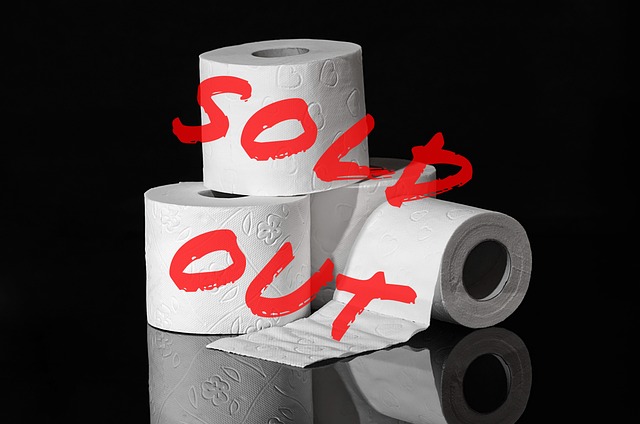To fix a running toilet, first identify the source of the leak, such as a worn-out flapper valve or leaky fill valve. Understanding the key components of a toilet—tank, bowl, and siphon jet—helps pinpoint problem areas. Efficient repairs target specific issues outlined in "How to Stop a Running Toilet." Identifying and fixing a running toilet quickly saves water, money, and prevents plumbing damage.
Tired of that persistent dripping sound? Learn how to fix a running toilet in minutes with our step-by-step guide! Identify common leak sources, from flapper valves to flush mechanisms. We’ll walk you through troubleshooting and repairing issues like leaky flappers and broken float balls. Plus, discover maintenance tips to prevent future leaks, conserve water, and keep your toilet running smoothly. Stop the drip once and for all – no plumber needed!
- Identify the Source of the Leak
- – Understanding the different components of a toilet and common areas where leaks occur
- – Recognizing signs of a running toilet, such as constant water flow or a gurgling sound
Identify the Source of the Leak

To fix a running toilet, the first step is identifying the source of the leak. Start by observing the toilet’s components and checking for any obvious signs of damage or wear. The most common culprit is a leaky flapper valve – this is often due to a worn-out flapper that doesn’t seal properly after flushing. Inspect the flapper for fraying, tears, or discoloration, which can indicate it needs replacement. Another potential issue could be a leaky fill valve, where excess water continues to flow into the toilet tank even when the flush cycle is complete. This may result from an improperly adjusted float or a damaged ballcock. By pinpointing these specific sources, you’re well on your way to effectively stopping the drip and saving valuable water.
– Understanding the different components of a toilet and common areas where leaks occur

Toilets, while seemingly simple in structure, are comprised of several intricate parts that work in harmony to maintain their functionality. Understanding these components is key when addressing a running toilet. The primary elements include the tank, which stores water and houses vital mechanisms like the flush valve and float; the bowl, where waste is collected and flushed away; and the siphon jet, responsible for creating the suction that eliminates water from the bowl after each flush.
Common areas where leaks occur often manifest as a result of issues with these components. A leaking flapper or seal within the tank can cause continuous water filling, leading to an over-flowing toilet. Even minute gaps around the base of the tank or bowl can allow water seepage, contributing to a constant drip. Identifying these specific problem areas is crucial when implementing solutions for How to Stop a Running Toilet, ensuring efficient and effective repairs in just minutes.
– Recognizing signs of a running toilet, such as constant water flow or a gurgling sound

A running toilet is often an elusive culprit, but its signs are easy to spot. One of the most obvious indicators is a constant water flow from the toilet bowl, which can be disconcerting and waste significant amounts of water. You may also hear a gurgling sound coming from the drain, especially after flushing or when water is running in other parts of your home. These signs suggest that air is getting into the drain, causing water to keep flowing back up.
If you notice either of these issues, it’s time to take action. Understanding how to address a running toilet promptly can help you save money on your water bills and prevent potential plumbing damage. The good news is, fixing this common problem doesn’t require professional assistance or specialized tools; with just a few simple steps, you can have your toilet running smoothly again in minutes.
A running toilet can be a nuisance and waste valuable resources. By understanding the common sources of leaks—such as a loose flapper, worn-out seals, or a faulty float—and swiftly addressing them, you can stop the drip in minutes. Follow our step-by-step guide to identify and fix the issue, saving both money and water in your home. Learn how to become your own plumber and tackle this common problem like a pro!
